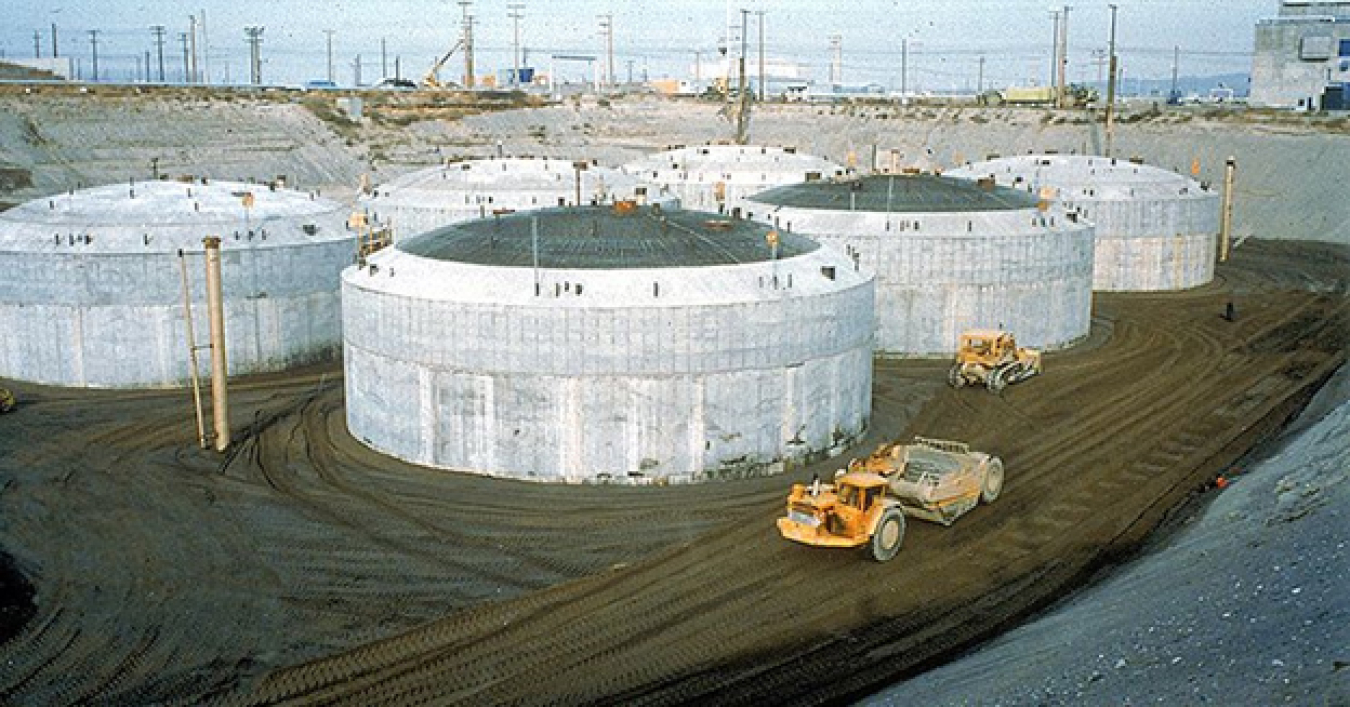
The Department of Energy’s (DOE) goal is to carry out all cleanup operations in a manner that protects the public and the environment.
DOE Headquarters works with field offices to foster continuous improvement in environmental protection before incidents occur. Headquarters provides corporate technical assistance, coordination, and integration and acts as a resource to support all DOE organizations in the resolution of environmental issues. In addition, Headquarters provides high-quality, customer-oriented assistance that enables improved DOE program and field implementation of environmental protection.
Analytical Services Program
Analytical Services is a program for assuring DOE managers, workers, and the public that the data results acquired from analytical environmental laboratories are valid, reliable and defensible.
Annual Site Environmental Reports (ASER)
ASERs are required by DOE O 231.1B. The ASERs provide important information needed by site managers and DOE Headquarters to assess field environmental program performance, site-wide environmental monitoring and surveillance effectiveness, and confirm compliance with environmental standards and requirements. They are also the means by which DOE sites demonstrate compliance with the radiological protection requirements of DOE O 458.1. In addition, ASERs are an important means of conveying DOE's environmental protection performance to stakeholders and members of the public living near DOE sites.
Clean Air Act
DOE is committed to managing its facilities and operations in compliance with the statutory requirements and implementing regulations of the Clean Air Act.
Comprehensive Environmental Response, Compensation, and Liability Act
The Comprehensive Environmental Response, Compensation, and Liability Act, (CERCLA or Superfund) was passed by Congress in 1980 to respond to hazardous substance emergencies and to develop long-term solutions for the Nation's most serious hazardous waste problems. DOE uses CERCLA to conduct most of its cleanups.
Learn more about Comprehensive Environmental Response, Compensation, and Liability Act
Environmental Management Systems
An Environmental Management System (EMS) is a structured approach to identifying and managing an organization’s environmental risks and opportunities. DOE uses the ISO 14001 standard as an EMS framework that uses the “Plan, Do, Check, Act” model to encourage continuous improvement. DOE strives to integrate EMSs into day to day operation to ensure that environmental considerations are incorporated into processes throughout the organization, and to promote and sustain pollution prevention and continual environmental improvement.
Resource Conservation and Recovery Act
DOE is committed to managing all Departmental hazardous wastes, mixed wastes (which contain both radioactive and chemically hazardous waste components) and non-hazardous solid wastes in accordance with the Resource Conservation and Recovery Act (RCRA). Headquarters provides assistance to support all DOE organizations in the resolution of many RCRA issues.
Reportable Quantity-Calculator
Any time a hazardous substance is released to the environment, and if that release exceeds its reportable quantity (RQ) within a 24-hour period, then the release must be reported. To assist the field in determining if any release of a hazardous substance exceeds its designated reportable quantity DOE developed the RQ-Calculator.

